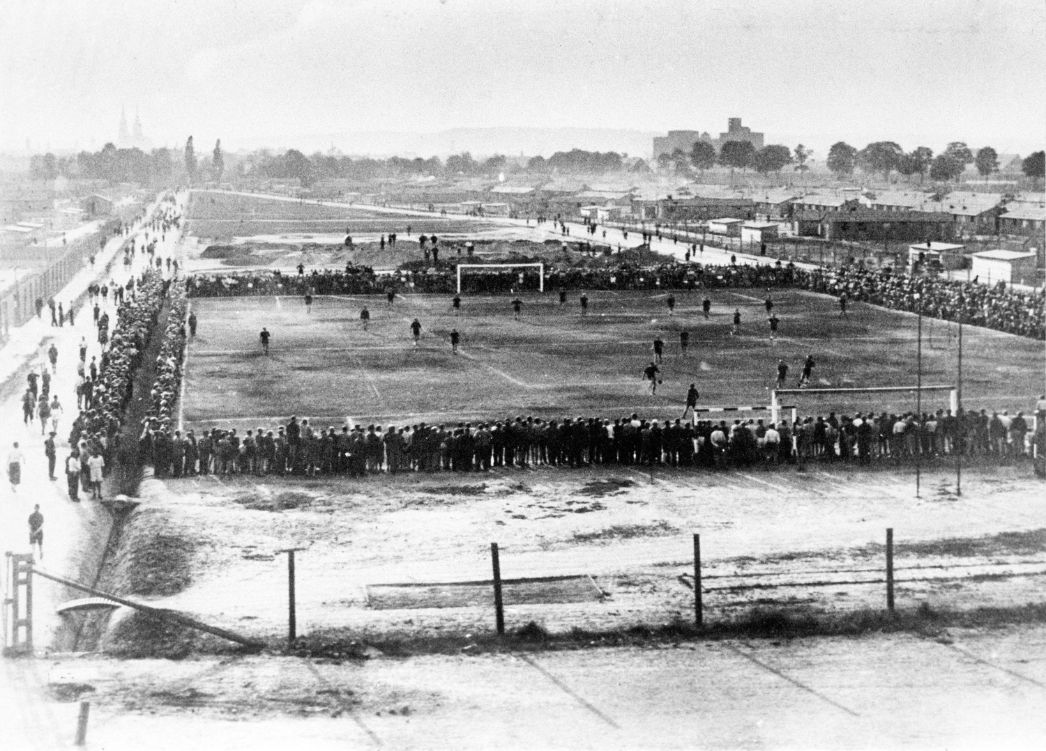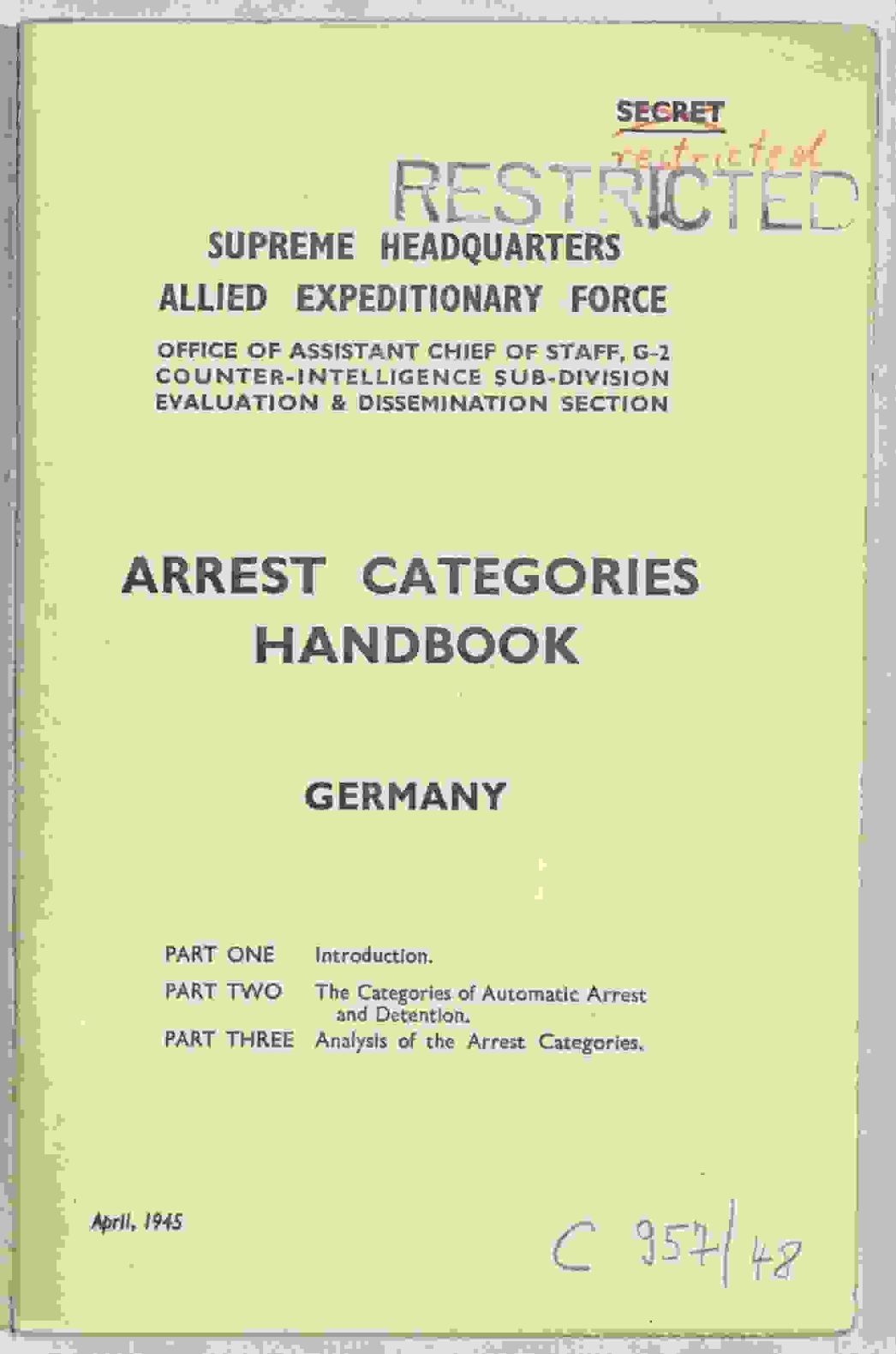At the end of the war, the Allies agreed to detain Nazi perpetrators, party functionaries, and other people they considered a threat to security, in internment camps. These camps served to safeguard the occupation regime and denazification process.
However, internment practices differed significantly between the four zones of occupation. In the Western zones, the internees were permitted correspondence and visits starting in 1946. By 1948, most of the internment camps in the Western zones had been dissolved.
In the Soviet camps, by contrast, the internees were completely isolated. They were not permitted any contact with the outside world. Only a small minority of internees were given a trial. The living conditions in the Soviet camps were catastrophic, especially during the “hunger winter” of 1946/47. Around 40,000 of the 130,000 German inmates died as a result of hunger, disease and isolation.

The dismissal of NSDAP members from their offices was intended to denazify the state apparatus.

US-amerikanisches Internierungslager in Regensburg, undatiert. ©Stadt Regensburg, Bilddokumentation

©National Archives at College Park, Washington
©National Archives at College Park, Washington
On behalf of the US-American governemnt, the headquarters of the Allied Forces determined in a handbook what groups of people should be interned. For their imprisonments, the Western Allies used criteria mentioned in this book.

